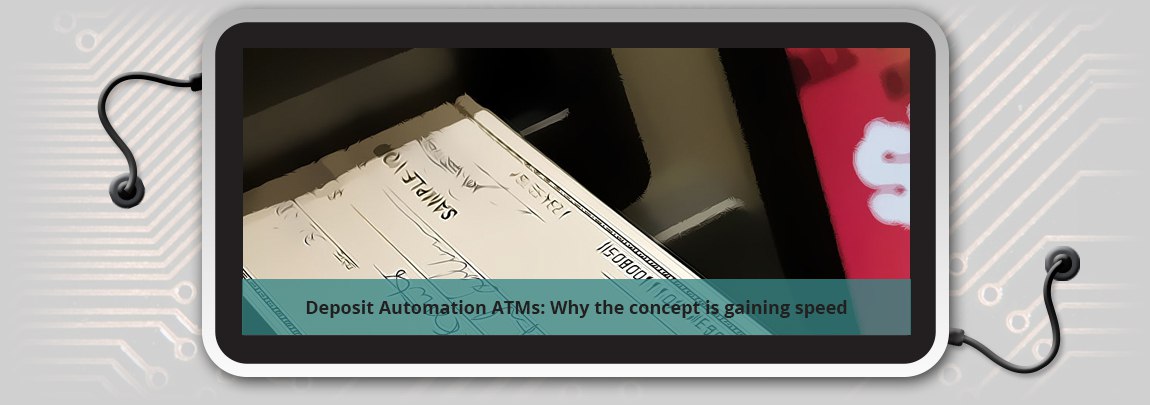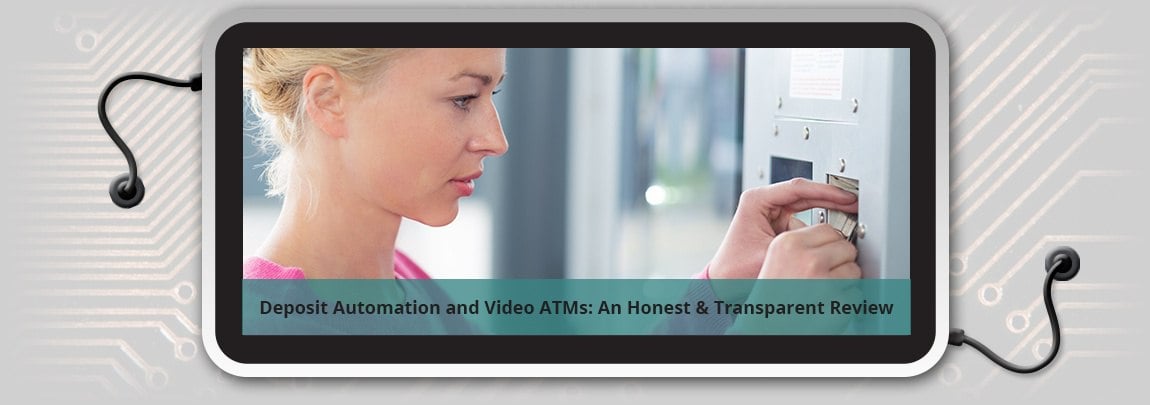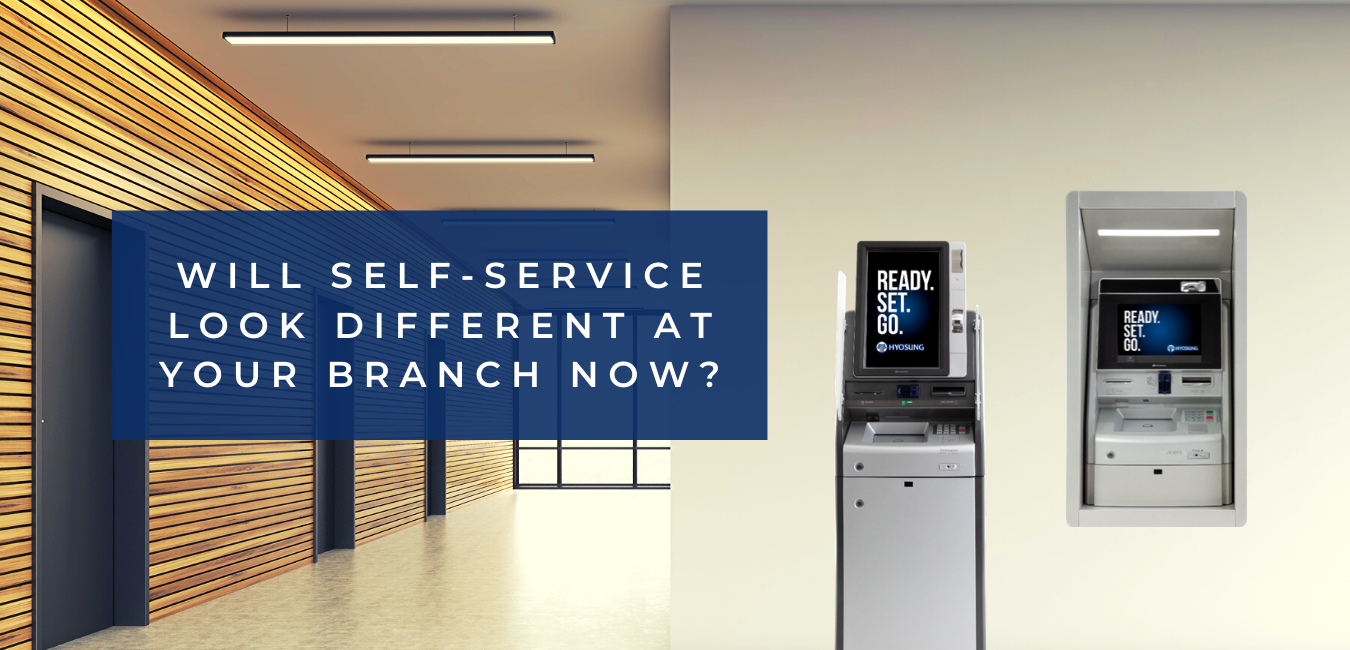What Does Deposit Automation Cost?
Looking to deploy deposit automation? Then you will want to read on to learn about the costs of installing and running deposit automation ATMs. There...
2 min read
 Sean Farrell
:
Jan 29, 2015 10:50:00 AM
Sean Farrell
:
Jan 29, 2015 10:50:00 AM


With the rise in mobile capture, some may believe that deposit automation at the ATM is an expensive and unnecessary investment. However, as the Branch Transformation movement evolves, along with the need to reduce operating costs, the business case for adding deposit automation has strengthened. A recent consumer survey compared consumer deposit preferences and found that five years ago 70% of consumers preferred to make a deposit with a teller. In 2014 that number dropped to 35%. These figures speak volumes about how rapidly changes in consumer behavior can occur. The key is to leverage technology to capitalize on ever changing consumer preferences.
One important and powerful use of this technology is expanding into new markets or adding more touchpoints to existing markets to create a larger brand presence. There is really no better way to assess a market before you build a branch to determine if the location is an ideal spot to build. By monitoring transaction volumes, you can identify the business volume required to create a brick and mortar presence in the area. By leveraging deposit automation technology, cash and checks that are deposited only need to be picked up weekly, bi-weekly or even monthly depending on volume. This allows a "branch in the box" to operate very lean while volume picks up.
While branch transactions are declining at a rate of 8-12% year over year for most financial institutions, the cost per transaction continues to increase. Most clients are experiencing costs of over $4.00 per transaction for teller transactions, which is almost twice as high as 5 years ago. The cost of processing deposit automation transactions is roughly $0.50 per transaction, giving you the potential to save $3.50 per transaction that is migrated to the self-service channel of an ATM. If you were able to migrate 500 deposits off the teller line to the ATM, you could potentially achieve $1750 in operational savings a month. This may allow for a reduction in headcount for additional savings or even allow more time for your tellers to engage in revenue producing conversations.
While the cost of mobile capture can be lower than deposit automation, there are several reasons to still implement no-envelope deposit at the ATM. If you subscribe to the omni-channel approach, it is important to have the same feel and functionality at every touchpoint. So if you are already doing mobile capture (and if you aren't, you should be), the ATM experience should reflect that same user-friendly experience of mobile.
Also, customers can't deposit cash with mobile and those that wish to have immediate account credit for cash need a quick and easy way to do so. Now that most ATMs accept bulk cash (up to 50 notes), this allows for just about any deposit to be done at the ATM. As the financial institution, you can now credit them immediately because the cash has been validated by the ATM. This provides the consumer the assurance of access to that money just as quickly as if it were done at the teller line in a fraction of the time.
Mobile capture also creates the risk of double deposit fraud and the possibility of handling double deposits of a single check that was kept by the customer. With deposit automation the ATM keeps the check and eliminates the opportunity for the customer to deposit it twice by taking and storing it within the ATM. When deposited, the customer gets a clear image of the check on the receipt and may have instant access to part or all of the check value based on your business rules.
If you haven't deployed deposit automation yet within your ATM channel, now is the time to consider doing so. If you are looking for inexpensive ways to grow your business either in new or existing markets, it's hard to beat the bang for the buck of a deposit automation ATM.

Looking to deploy deposit automation? Then you will want to read on to learn about the costs of installing and running deposit automation ATMs. There...

Technology has revolutionized the banking industry, leaving financial institutions wondering which advancements make sense for their unique needs....

As states re-open in some form or fashion in the coming weeks, many Financial Institutions are faced with the new reality of what to do with the...